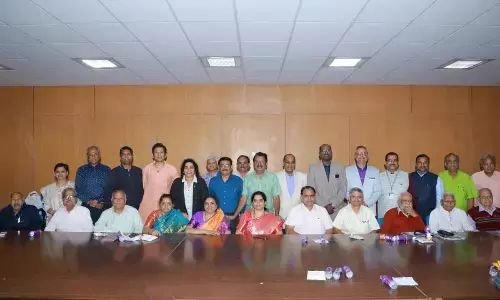Sardar Sarovar Dam

Prime Minister, Narendra Modi, dedicated the Sardar Sarovar Dam to the nation, at Kevadia in Gujarat on September 17. The height of the dam was recently raised to 138.68 metres, facilitating a usable storage of 4.73 Million Acre feet (MAF). This will greatly benefit the participating States of Gujarat, Rajasthan, Madhya Pradesh and Maharashtra.
Prime Minister, Narendra Modi, dedicated the Sardar Sarovar Dam to the nation, at Kevadia in Gujarat on September 17. The height of the dam was recently raised to 138.68 metres, facilitating a usable storage of 4.73 Million Acre feet (MAF). This will greatly benefit the participating States of Gujarat, Rajasthan, Madhya Pradesh and Maharashtra.
Irrigation from the project is expected to benefit about 10 lakh farmers, and drinking water to be supplied to various villages and towns, is likely to benefit upto 4 crore people.
The plan for harnessing the river for irrigation and power generation in the Narmada basin was initiated in 1946. Seven projects including the Bharuch project were identified during the initial Survey and 4 projects Bharuch (Gujarat), Bargi, Tawa and Punasa in Madhya Pradesh were given top priority for investigation.
After the completion of investigation, the proposed dam at Gora in Gujarat with the full reservoir level (FRL) 161 ft (49.08m) was selected and the foundation stone was laid by late Prime Minister, Pandit Jawaharlal Nehru on 5th April, 1961. However as more detailed, modernised contour sheets from the Survey of India were available thereafter, possibility of raising the height of the dam for optimum utilisation of water was considered.
In 1964, to resolve the dispute about sharing of the Narmada Waters between the Governments of Gujarat and Madhya Pradesh, the Government of India appointed an expert committee under the Chairmanship of late Dr. Khosla which recommended a higher dam with FRL 500 ft (152.44m) in 1965.
However, Govt. of M.P. was not agreeable to development of Narmada water as per Khosla Committee report and hence the Narmada Water Dispute Tribunal (NWDT) was constituted by the Government of India in October 1969, under the Inter State River Water Disputes Act, 1956. NWDT gave its final award in December 1979.
About 75% of the command area in Gujarat is drought prone while entire command in Rajasthan is drought prone. Assured water supply will soon make this area drought proof.There are two power houses viz. River Bed Power House and Canal Head Power House with an installed capacity of 1200 MW and 250 MW respectively. The power would be shared by three states - Madhya Pradesh - 57%, Maharashtra - 27% and Gujarat 16%.



















